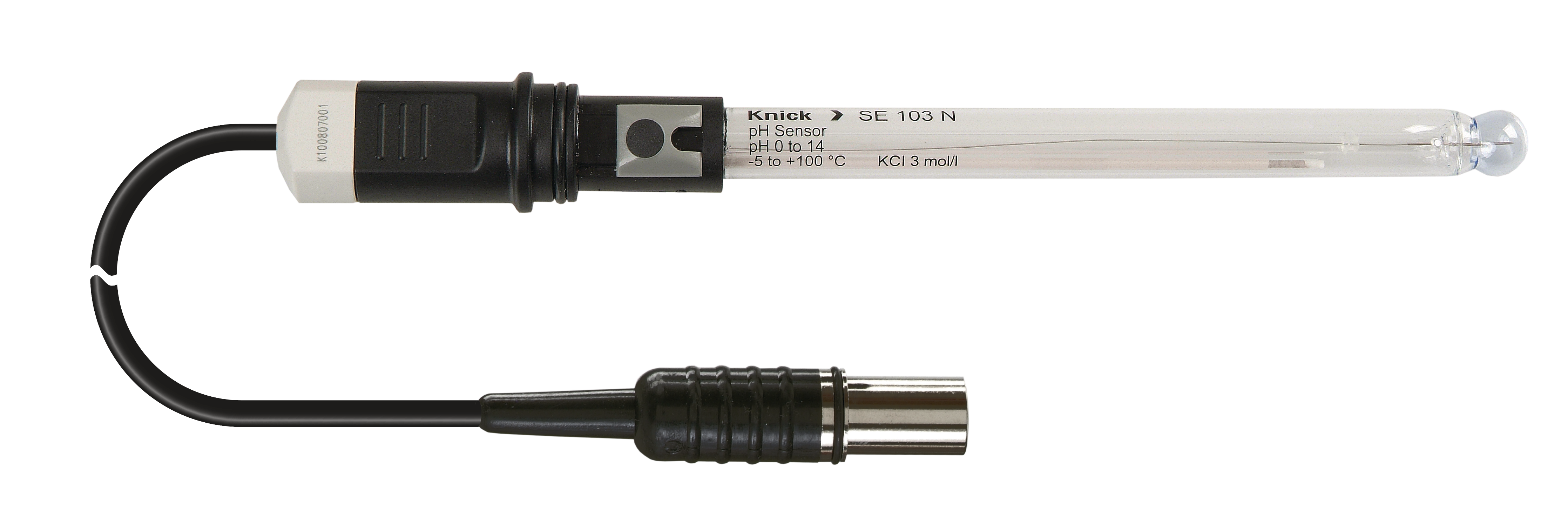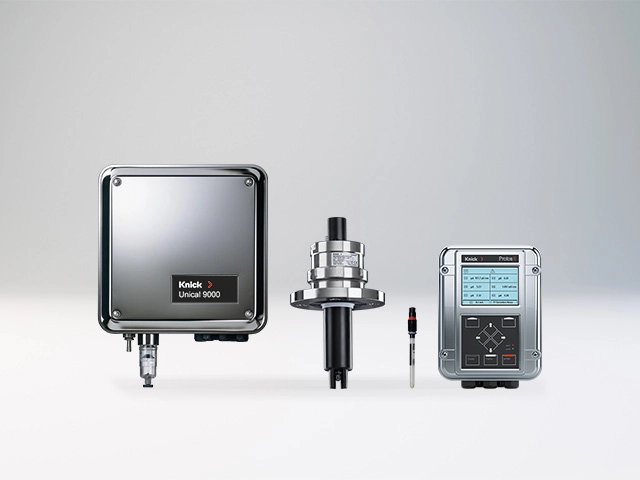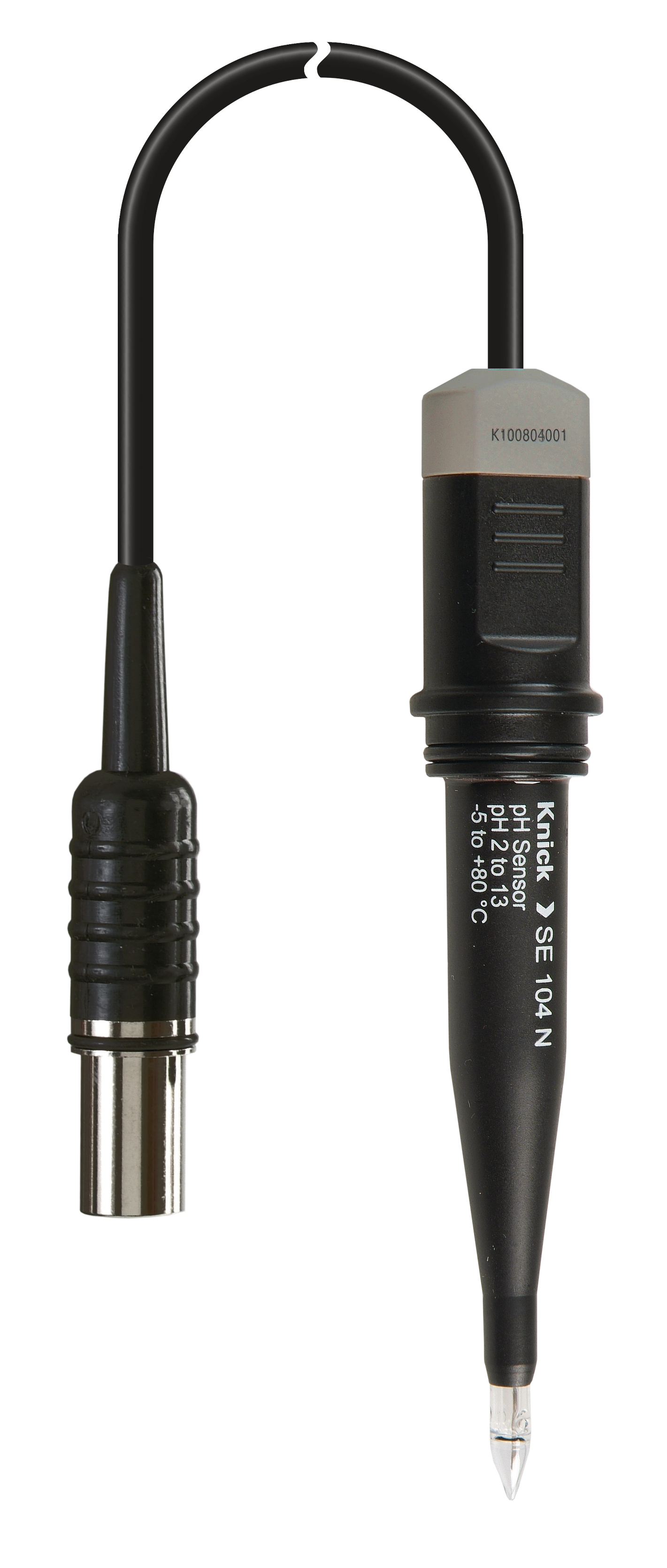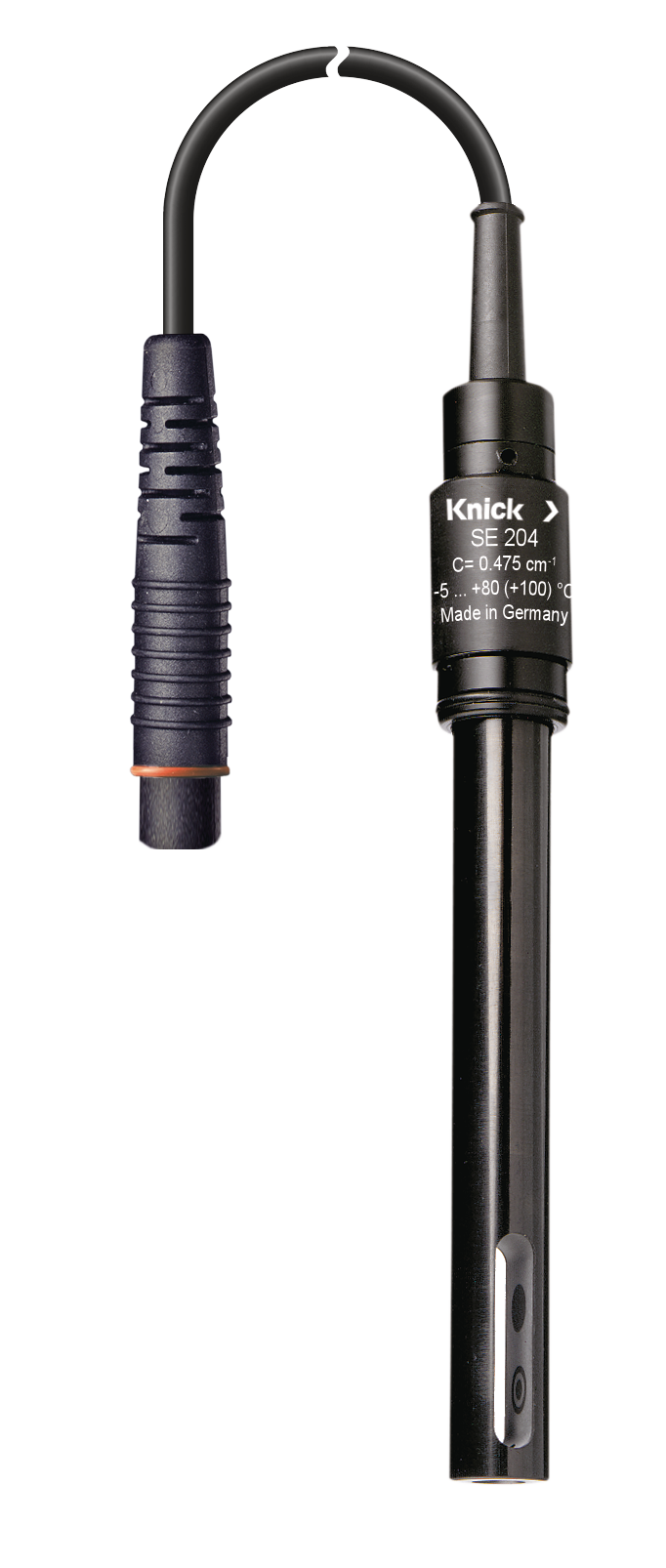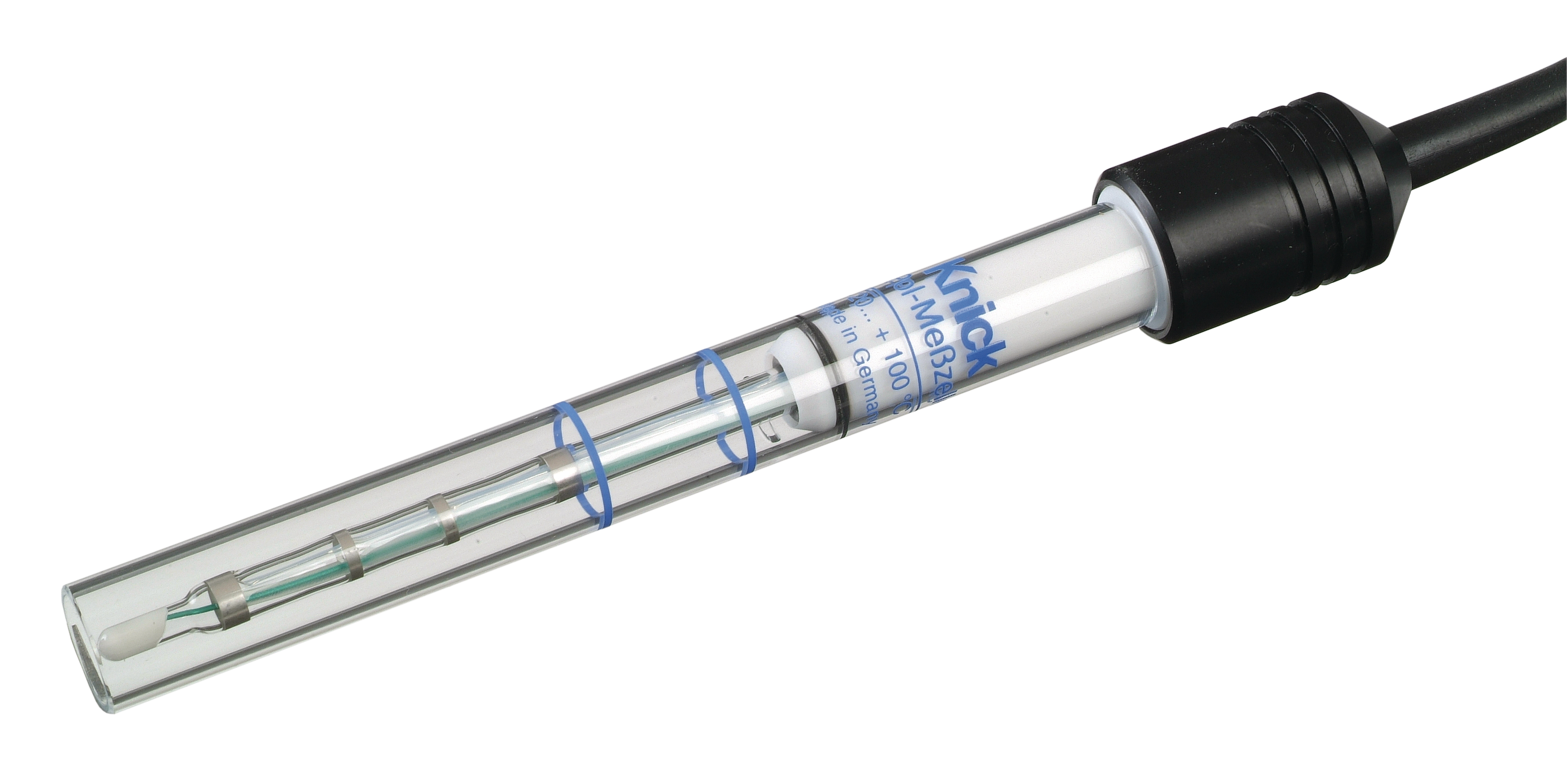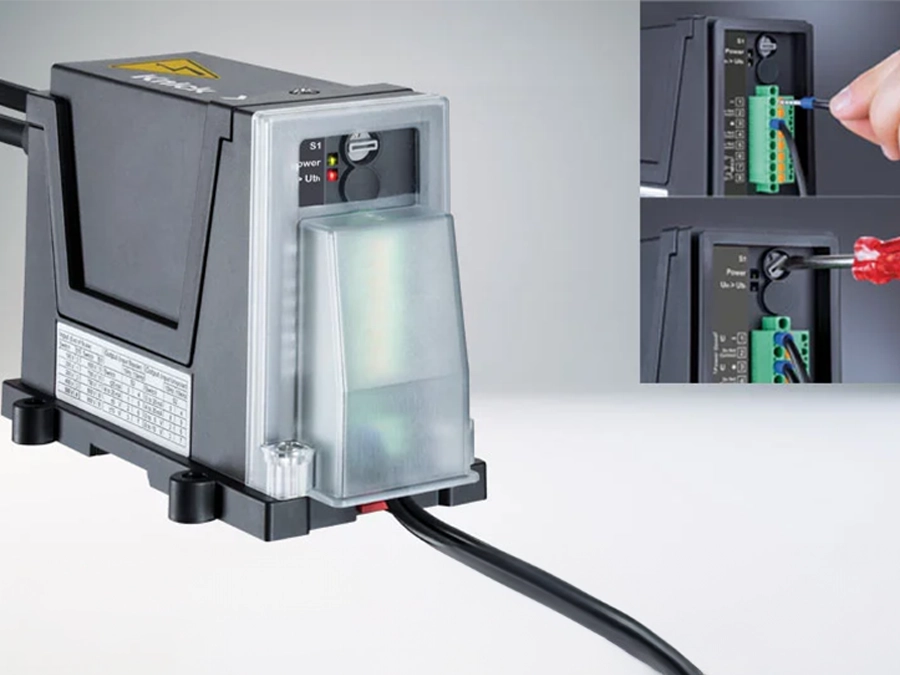SE103N pH Sensor | 170 mm| Glass Body | For rapid sample change and low sample temperatures
Product number:
SE103N
Description
SE103N pH Sensor | 170 mm| Glass Body | For rapid sample change and low sample temperatures
pH Sensor with Long Immersion Depth
- Liquid electrolyte, refillable
- Ceramic junction
- Special pH glass with medium impedance
- Long version for greater immersion depth
The SE 103 N sensor with glass body is a reliable sensor for precise pH measurements in the laboratory. Thanks to its special pH glass, it is also suitable for measurements at low temperatures.
Applications
Chemistry, quality control, food and beverages, aggressive media
We look forward to hearing from you!
Contact Us
| Body diameter: | 12 mm/0.47 in |
|---|---|
| Measurement Parameter: | pH |
| Connector: | DIN Koax (S8) |
| Measuring Range: | 0 … 14 pH |
| Temperature Detector: | Not integrated |
| Body Material: | Glass |
| Junction: | Ceramic |
| Reference System: | Ag/AgCl |
| Sensor Head: | Laboratory sensor head |


